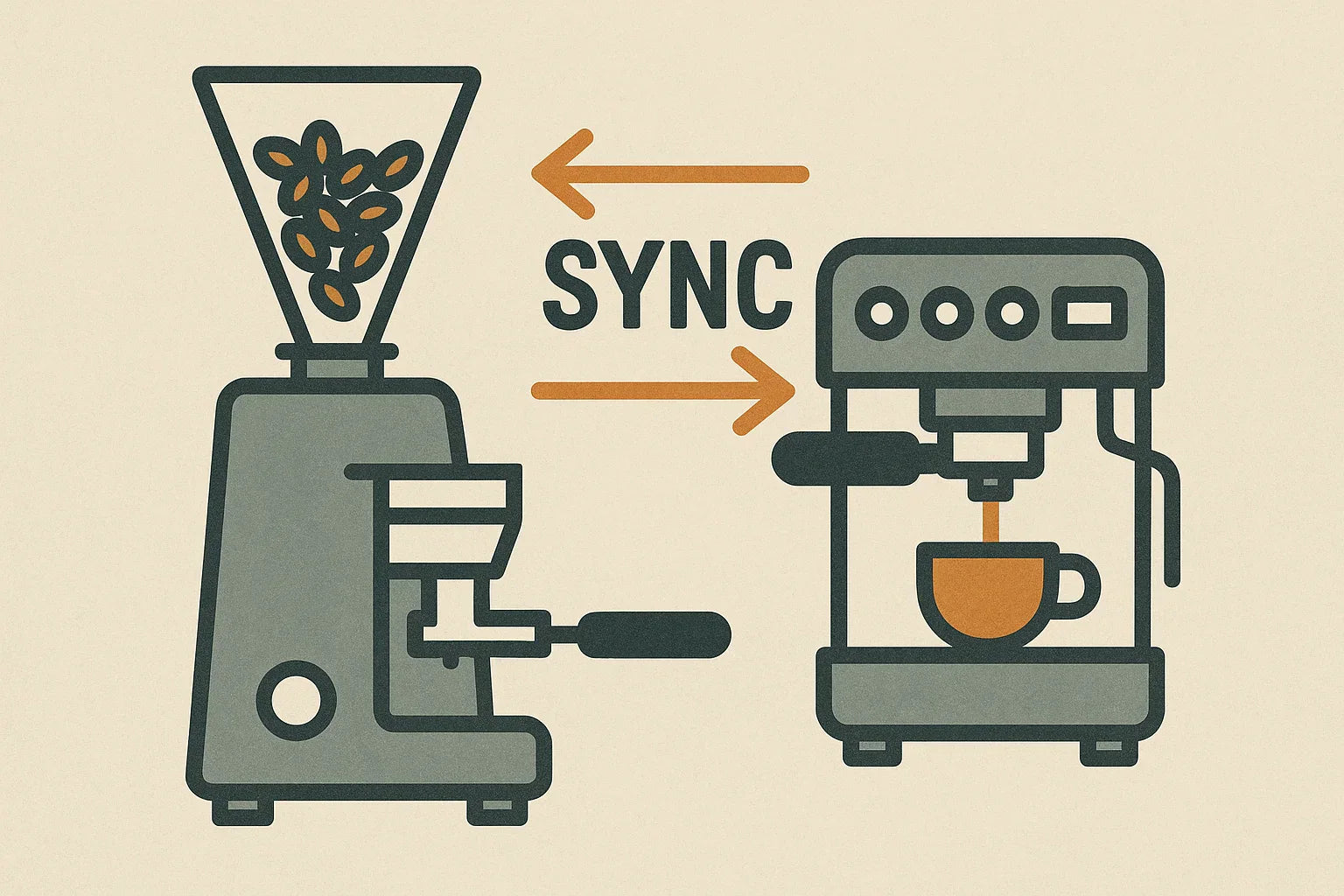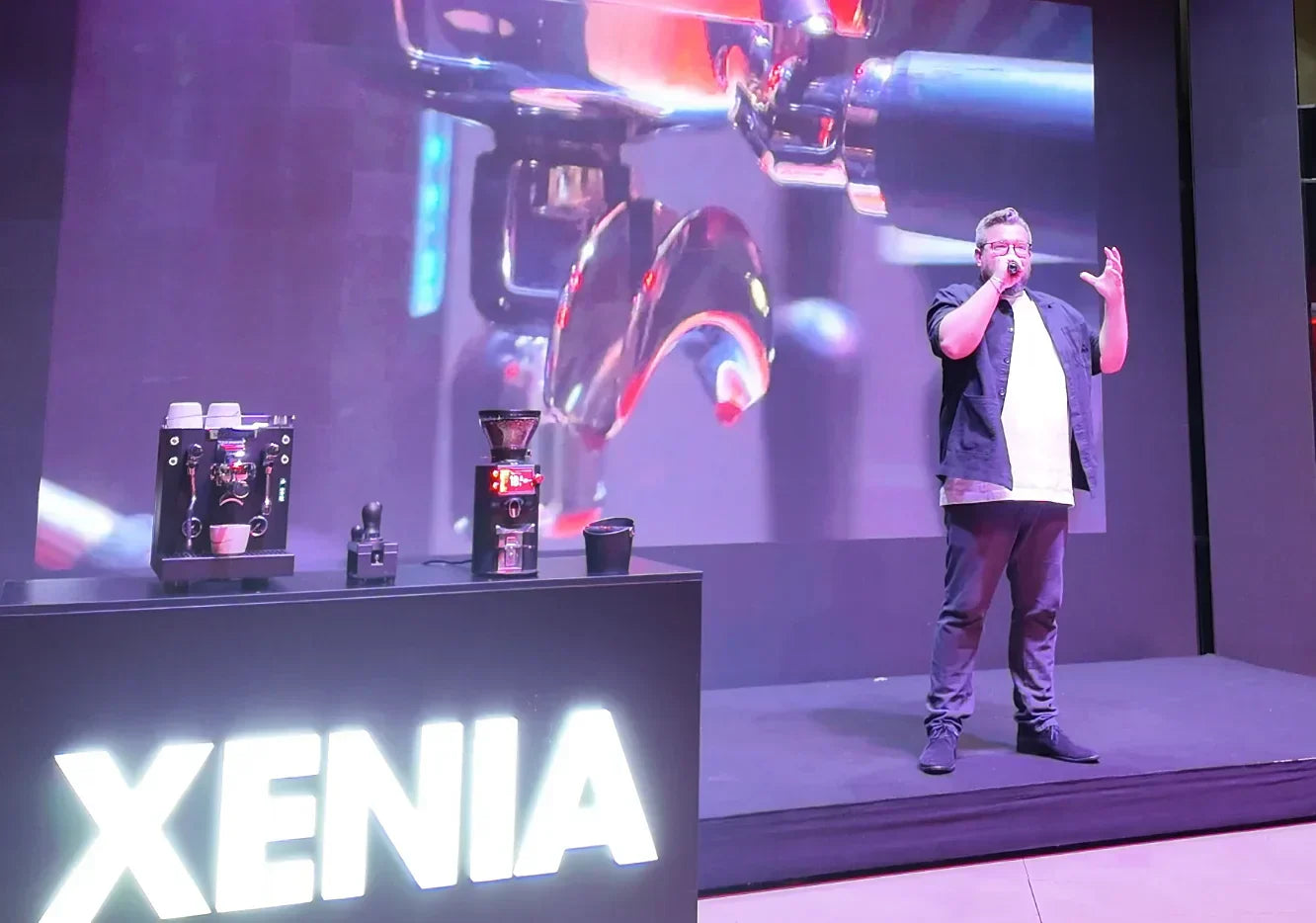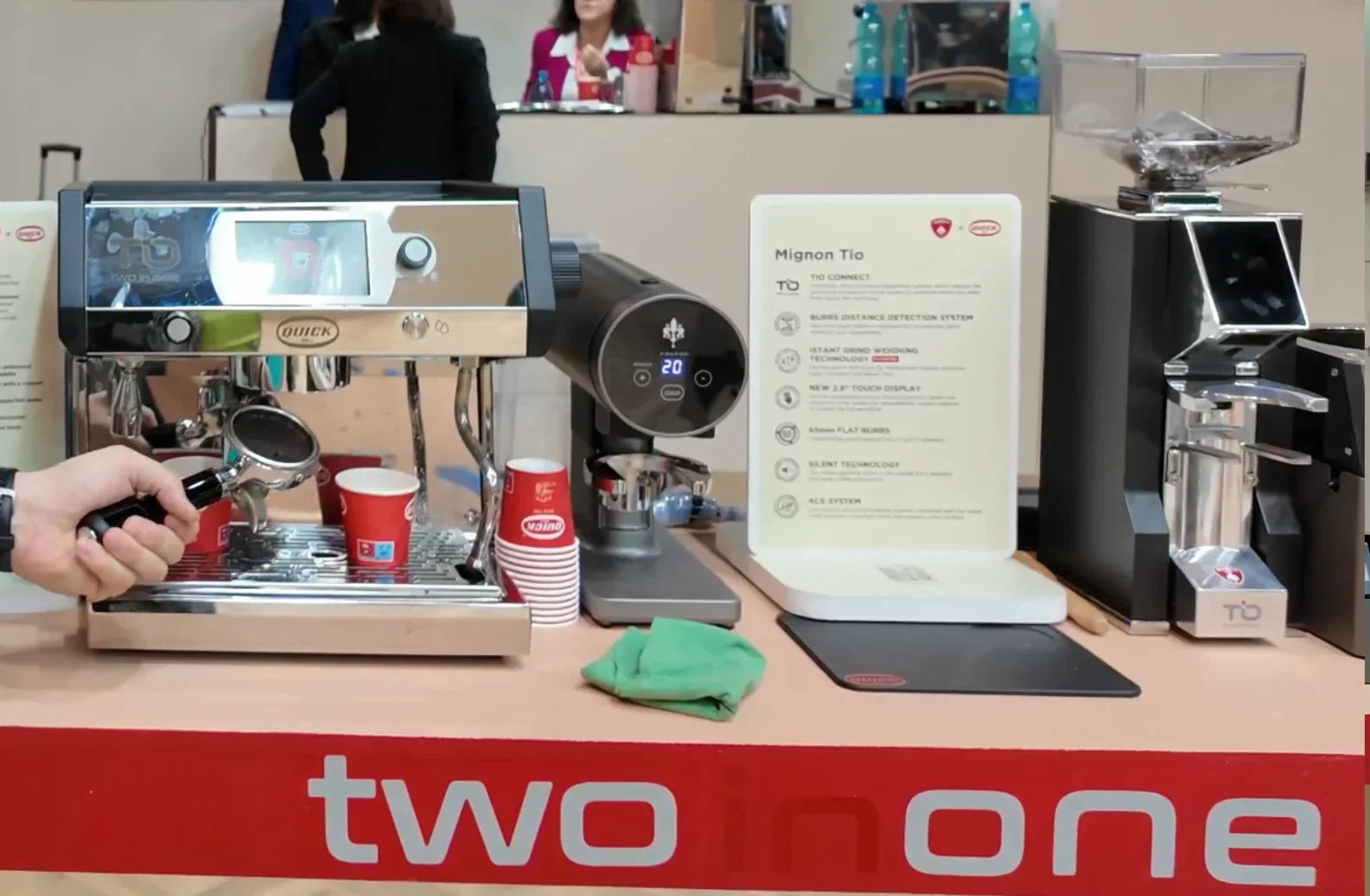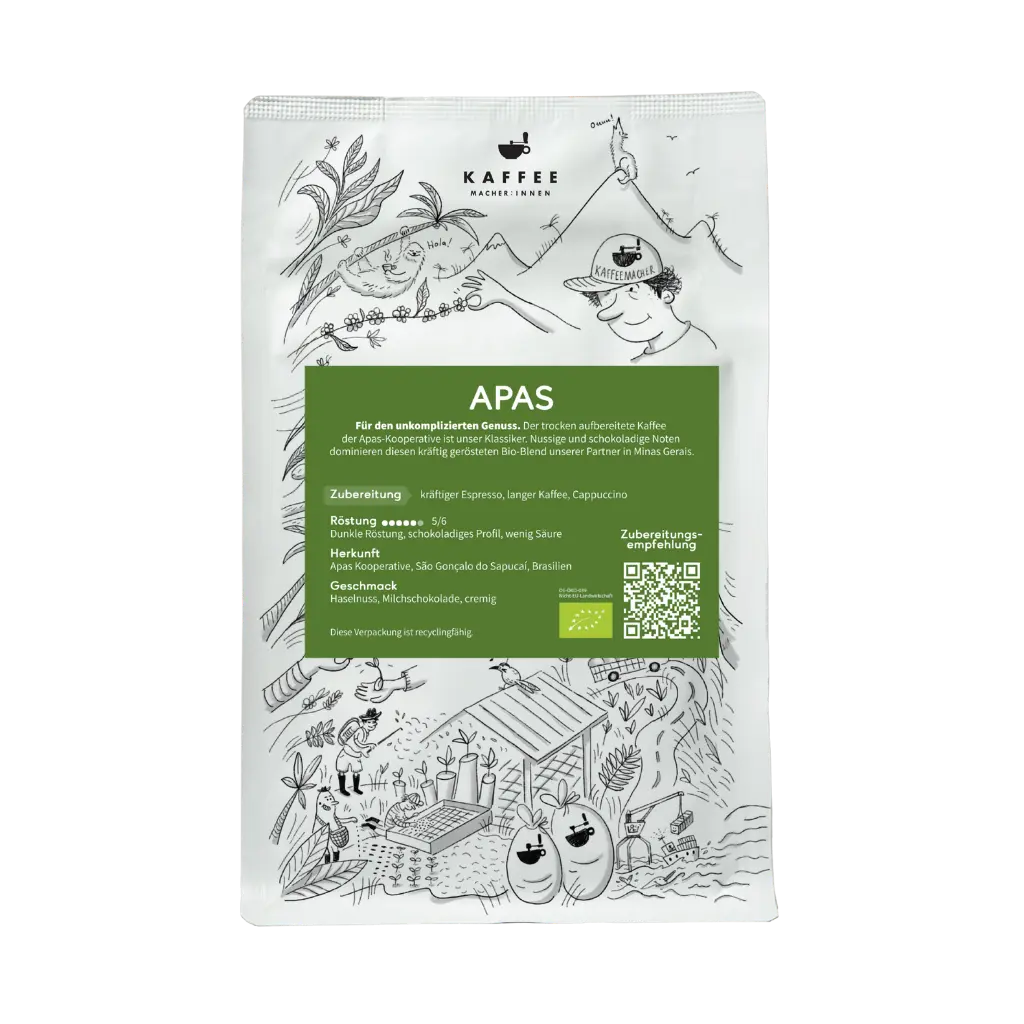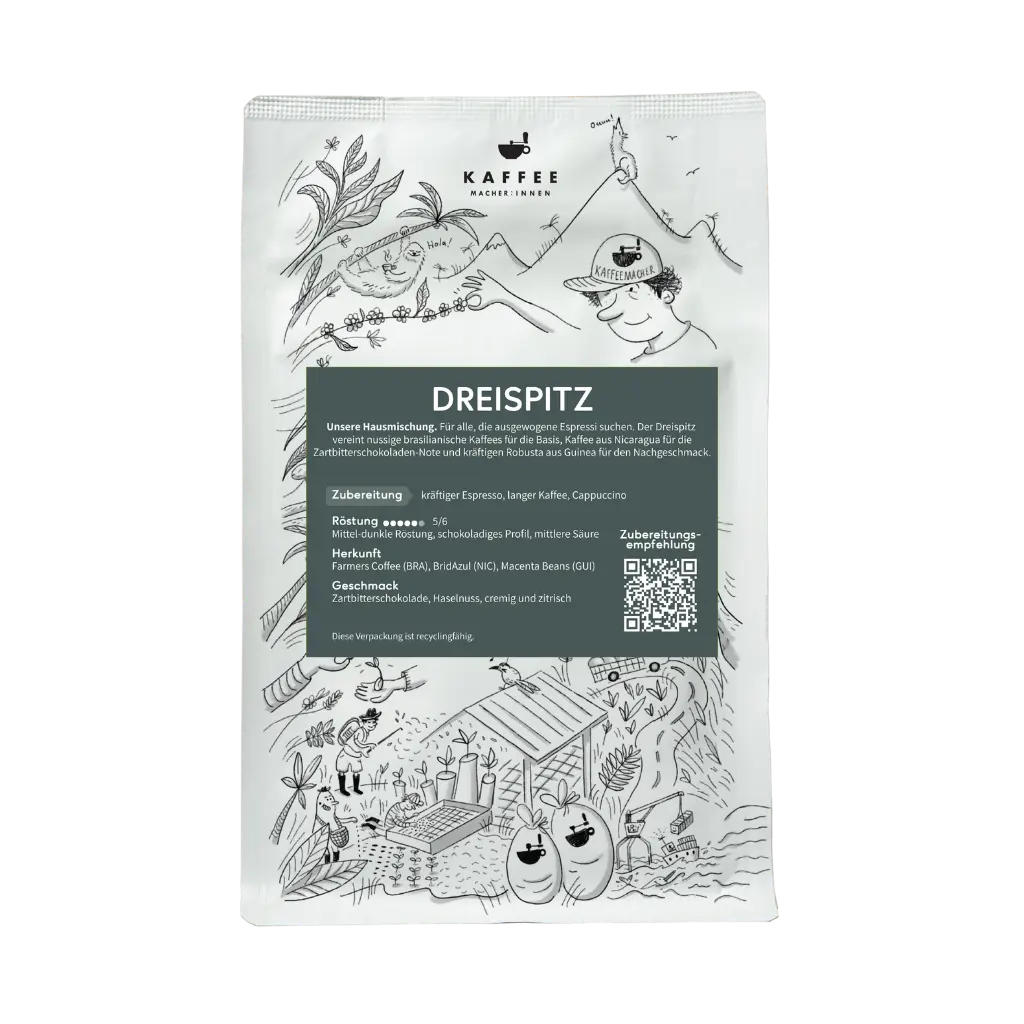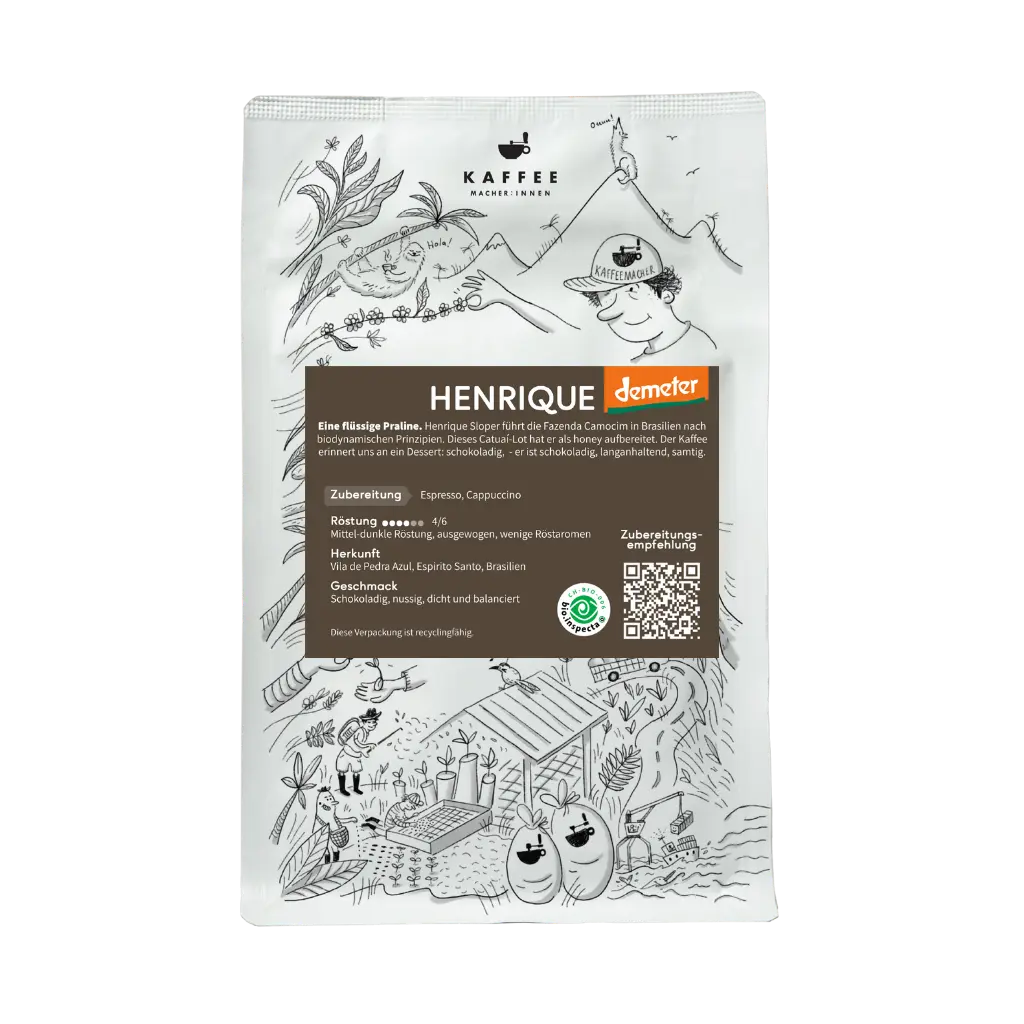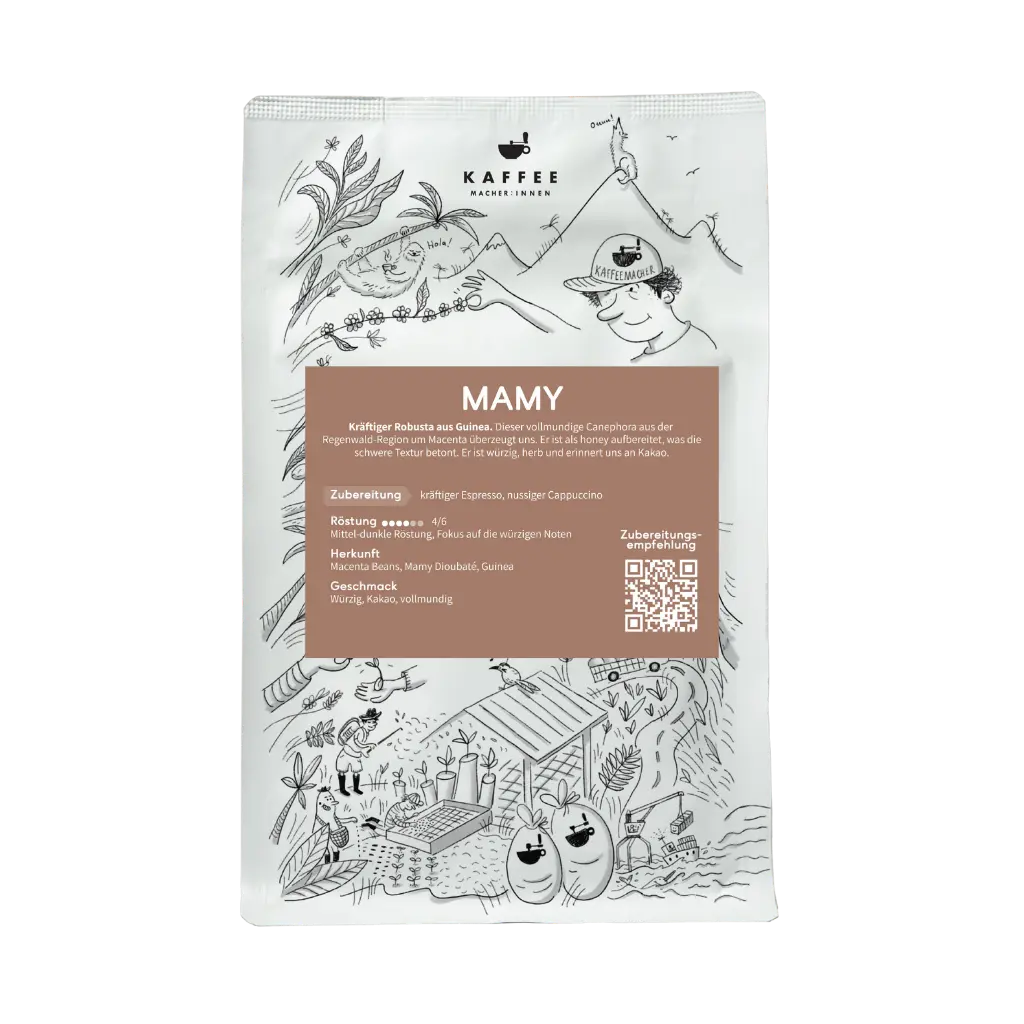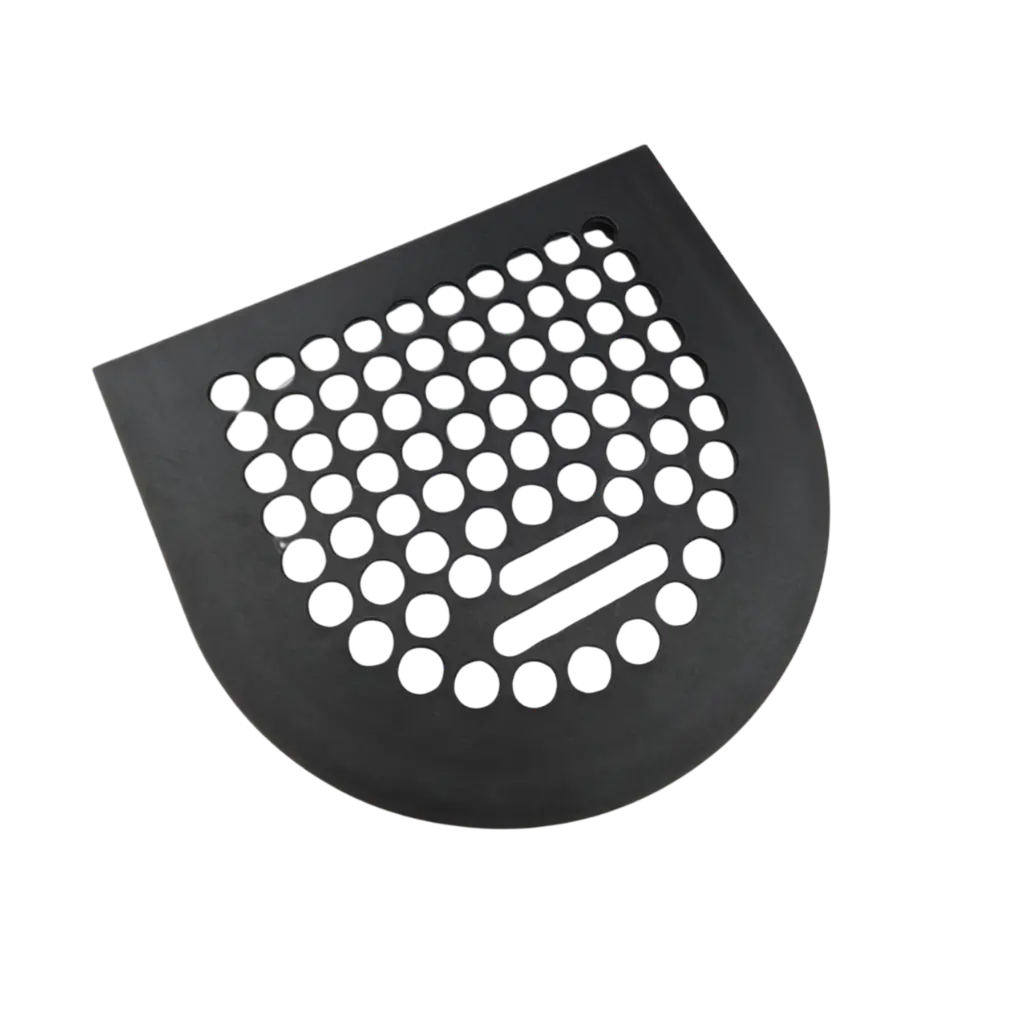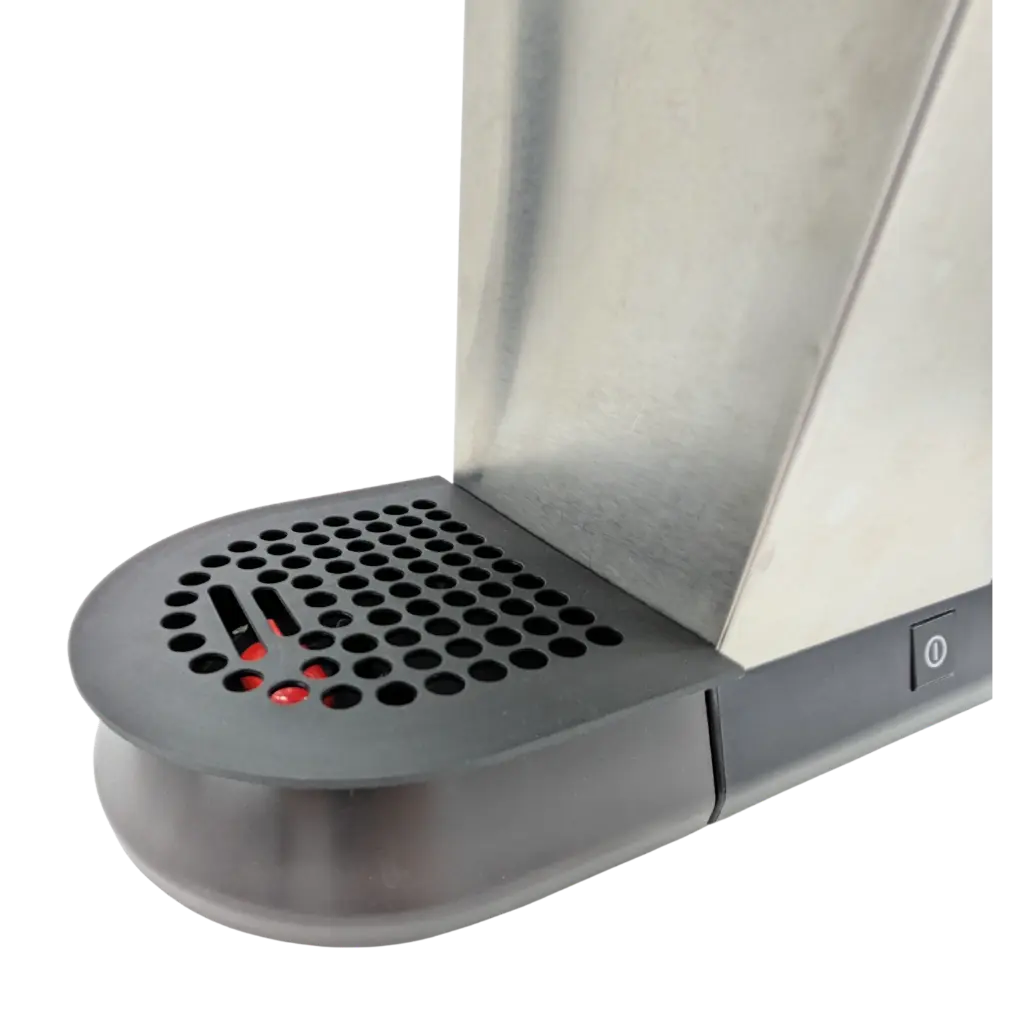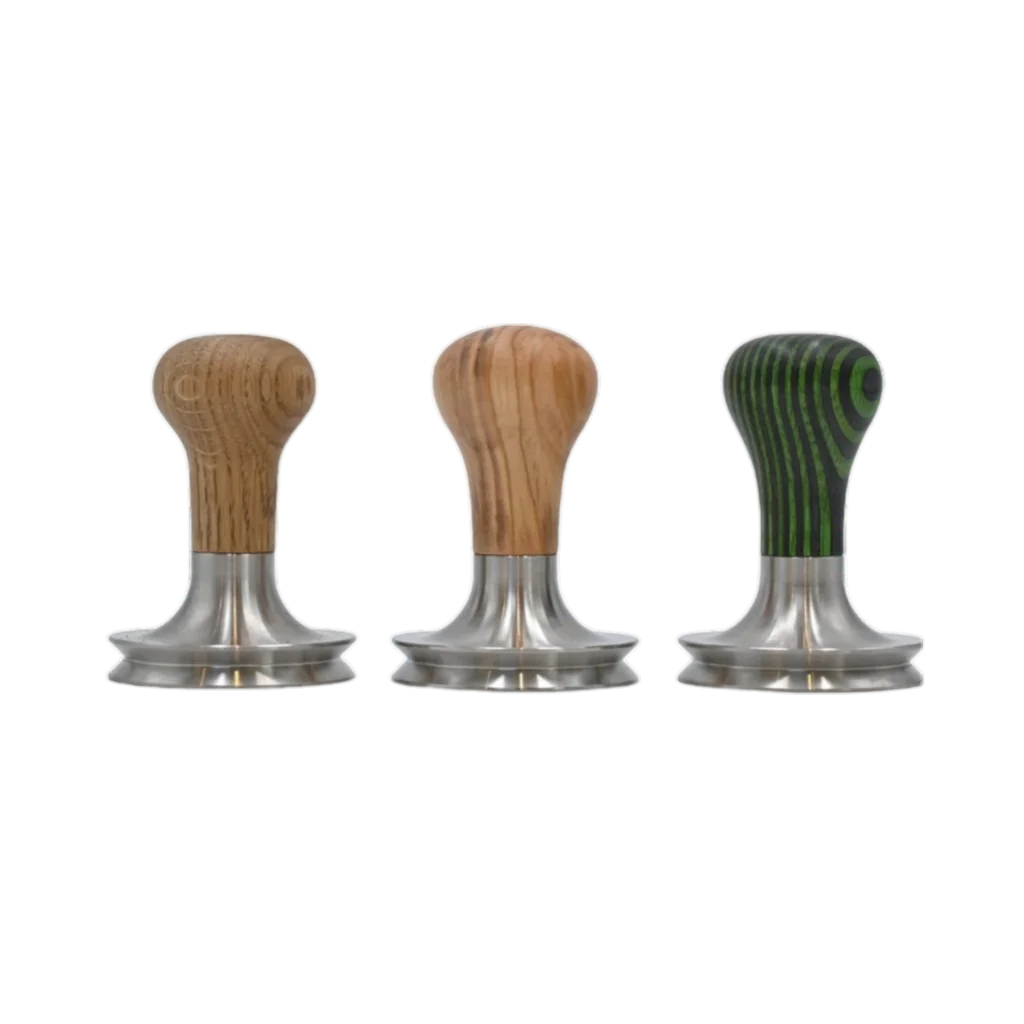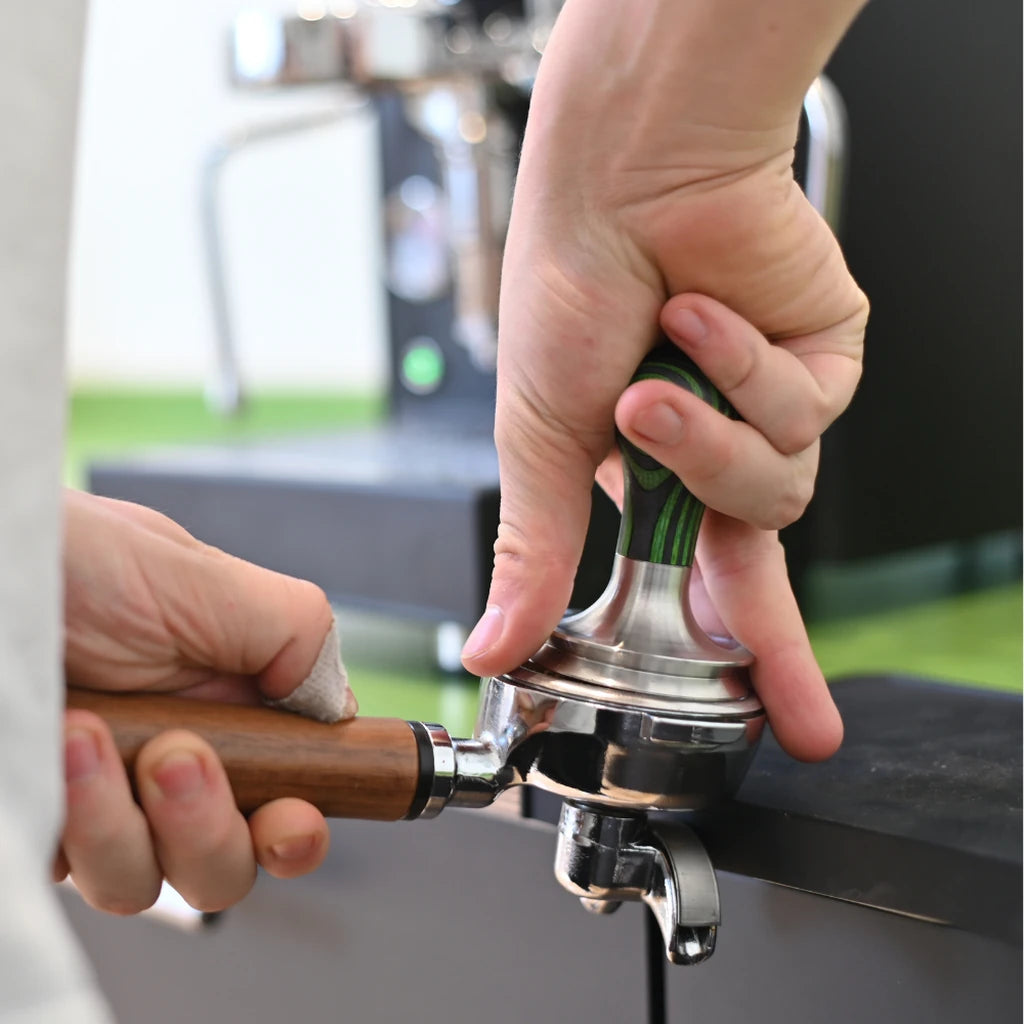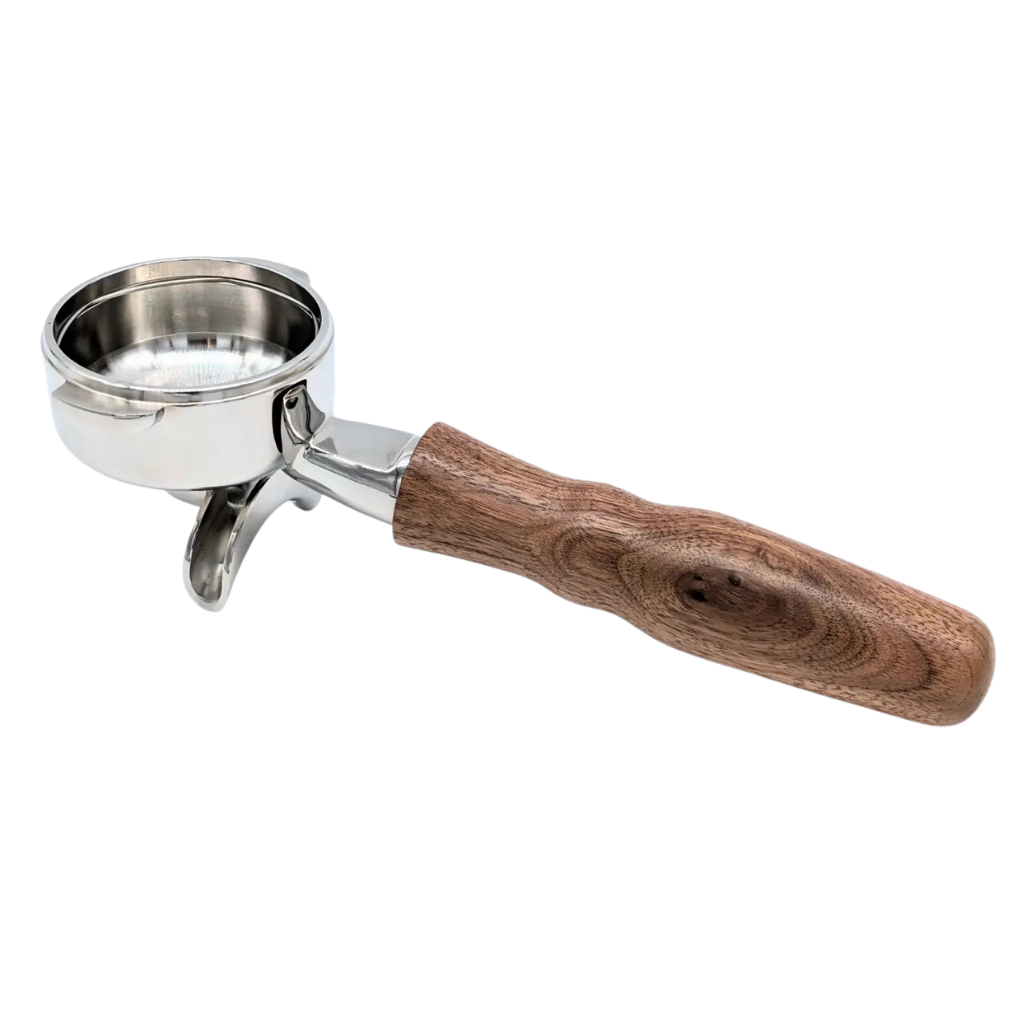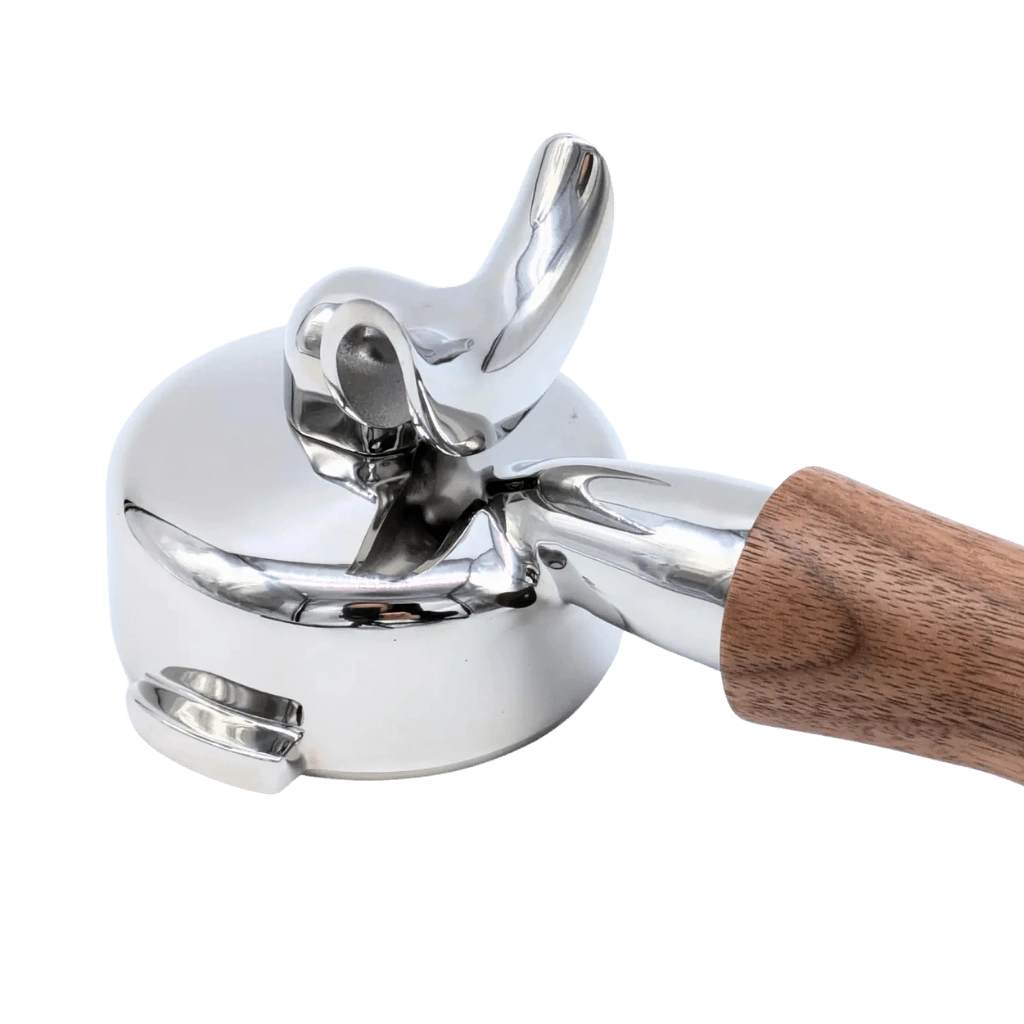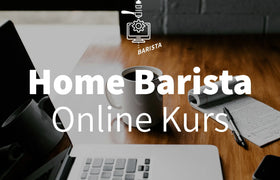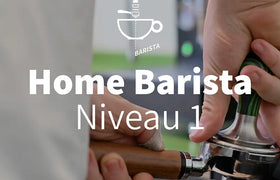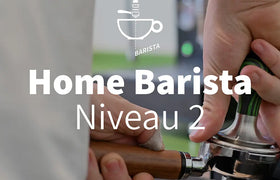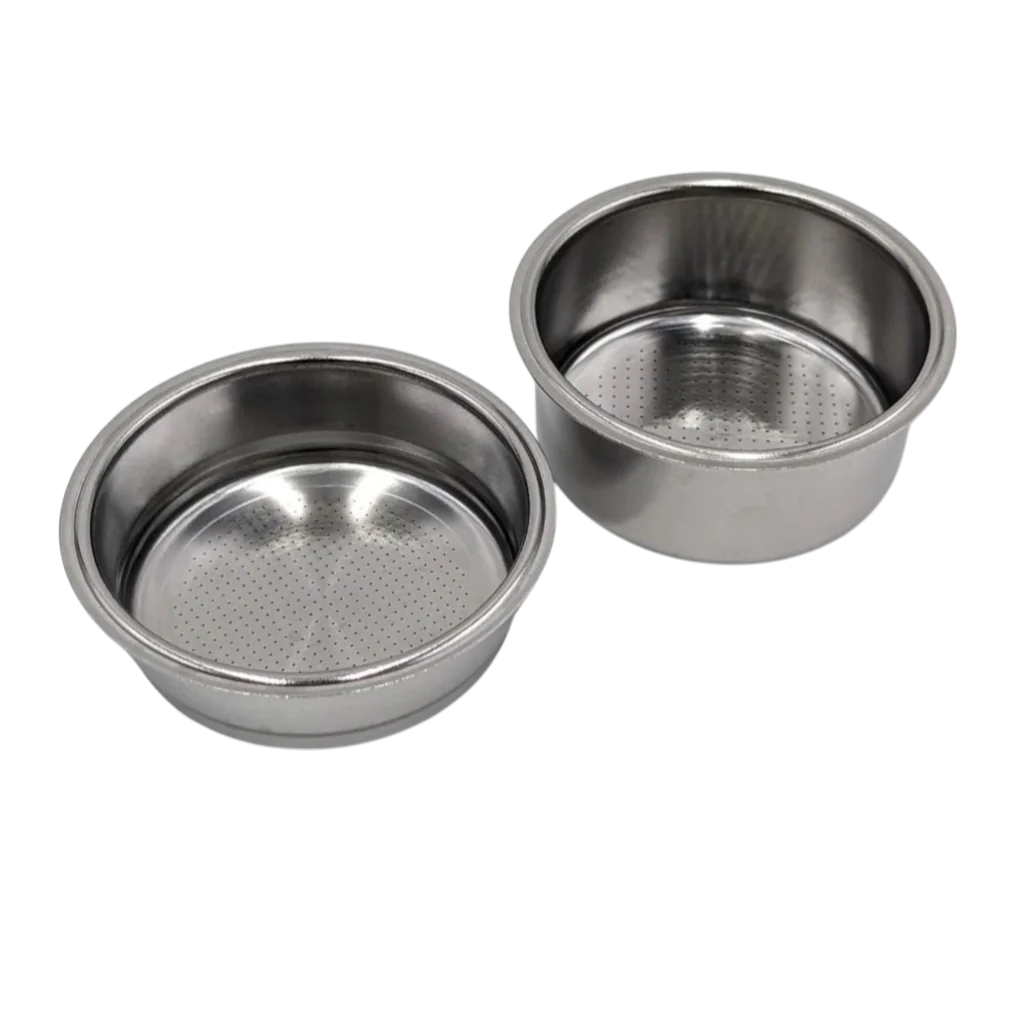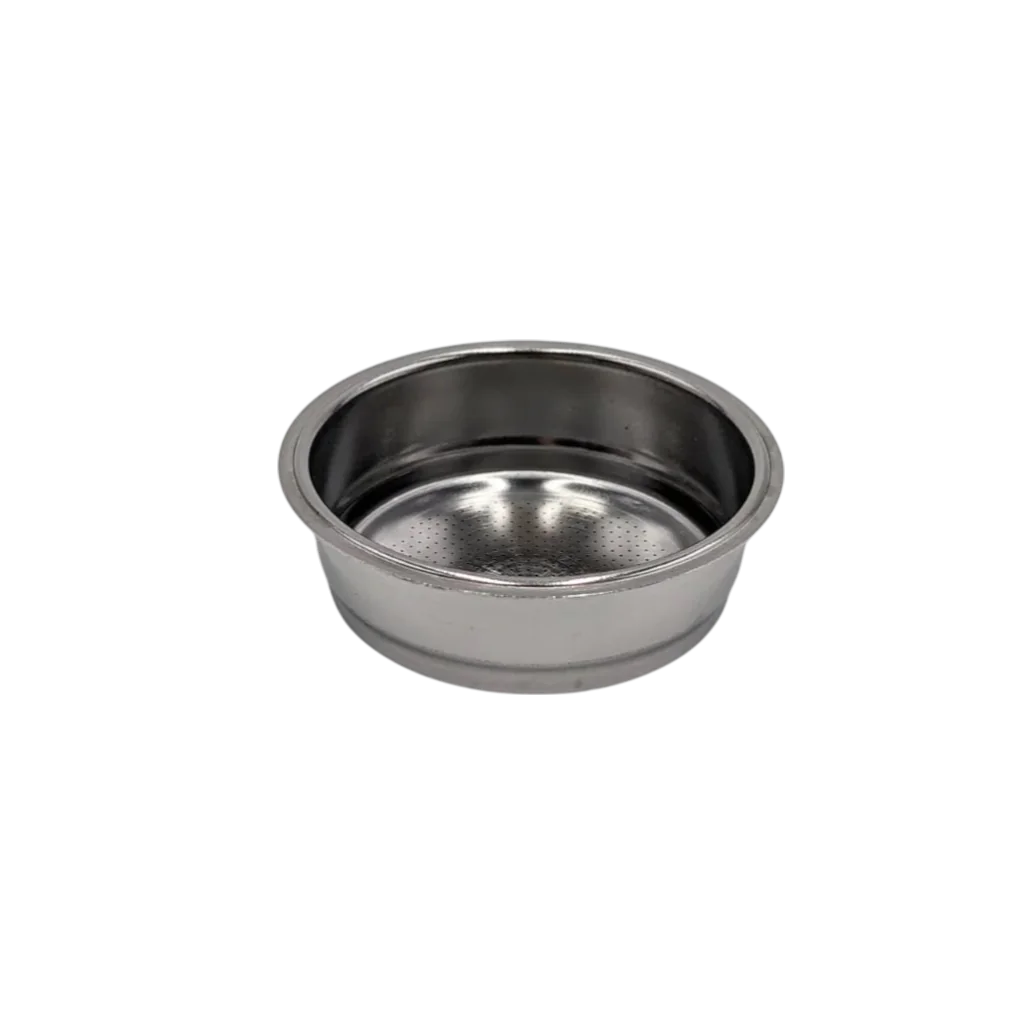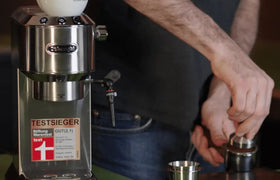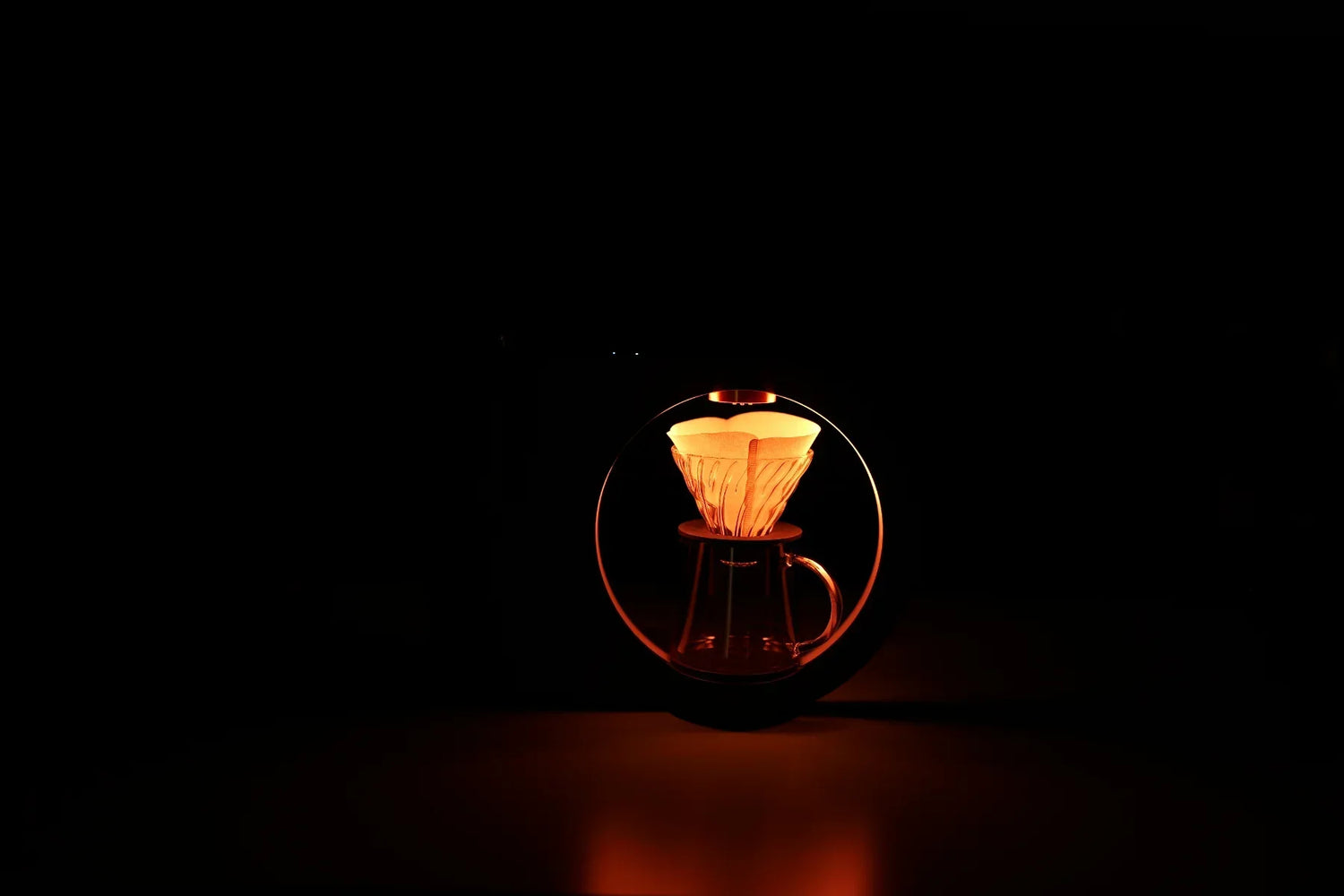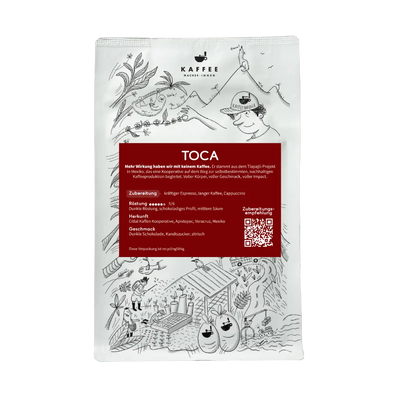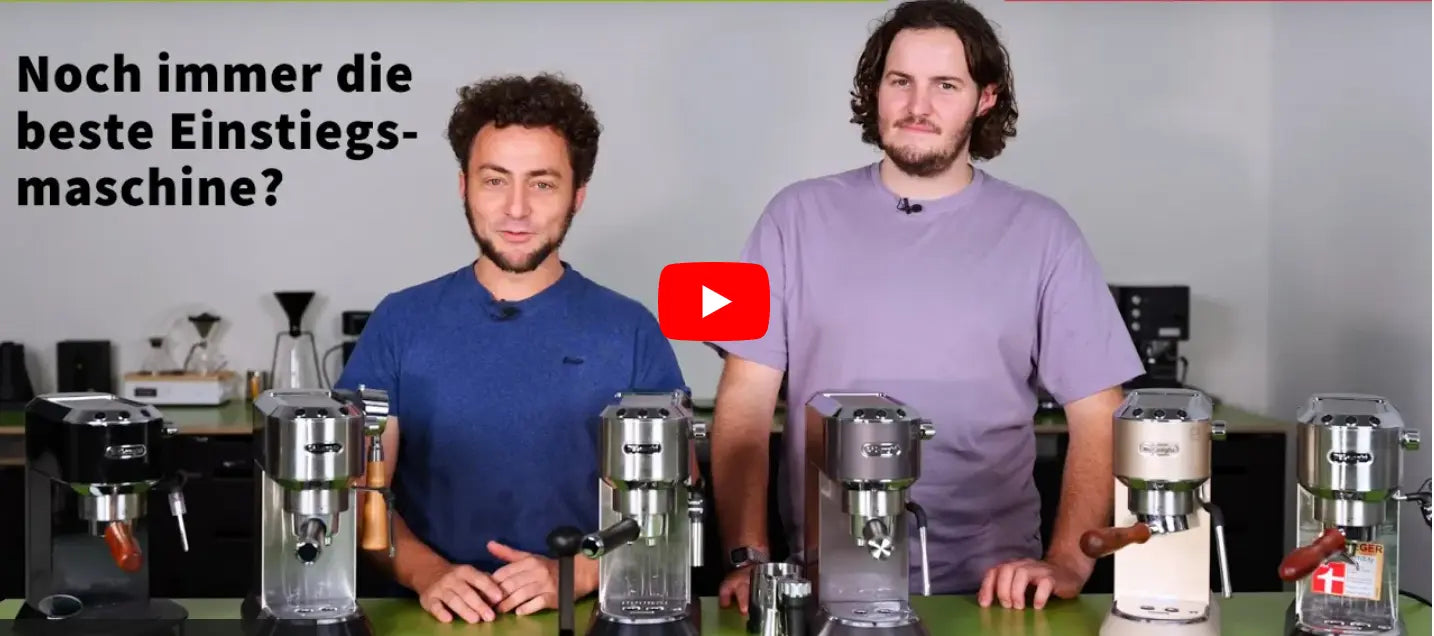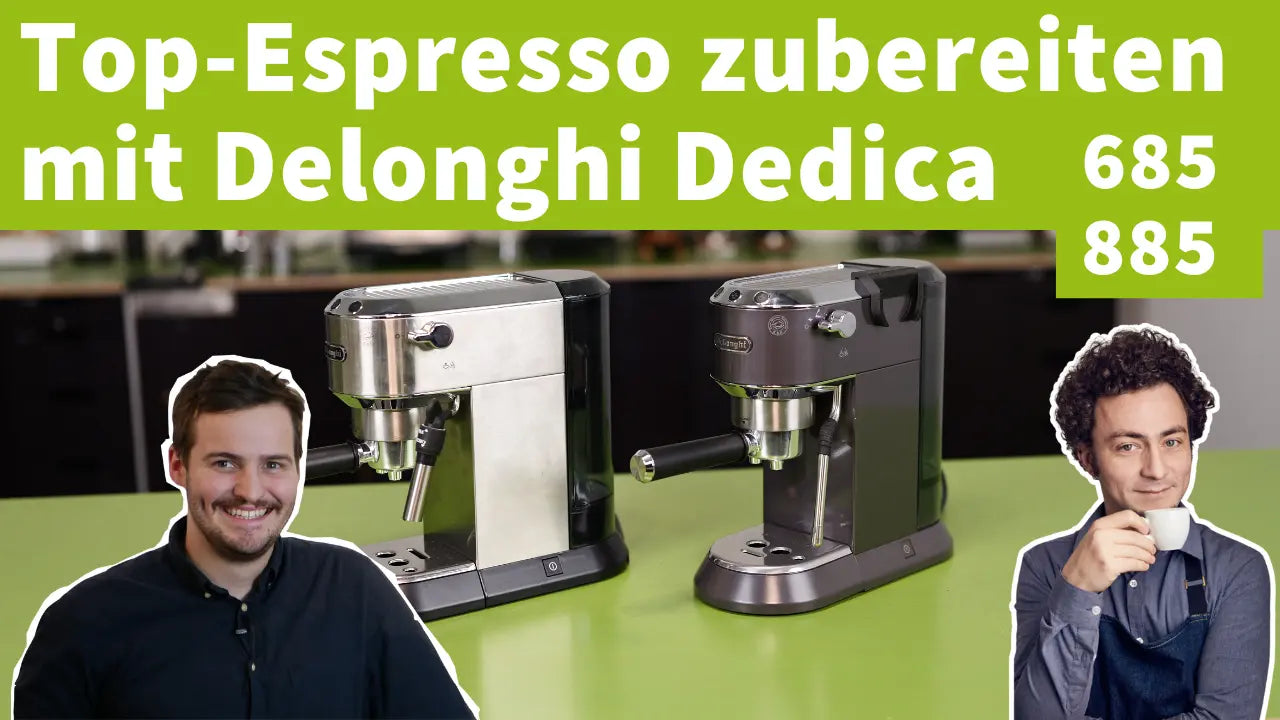The Hikaru V60 from Hiroia delivers the most precise temperature consistency we've ever measured in a filter coffee machine. Despite this, we cannot recommend it due to fundamental flaws in water distribution and a price point of 700 to 800 CHF that bears no relation to its performance.
Why We Conducted This Test
We systematically test filter coffee machines. The Hikaru is the most expensive consumer machine in this series. Our test protocol includes temperature measurement, brew profile analysis, and sensory evaluation. We tested with both the included Hario V60 and alternative brewers.
Technical Specifications
The Hikaru operates with a boiler system (700 ml, 830 W) and offers an adjustable temperature range of 80 to 96 degrees Celsius. The flow rate can be adjusted in 10 steps from 1 to 10 ml per second. There are 9 presets, divided into three sizes (S/M/L) and three roast levels (Light/Medium/Dark Roast). Control is via app (iOS 13+, Android 10+) or three buttons on the device. The shower head has 5 holes on a diameter of approximately 2.5 cm, equivalent to a 1-euro coin. The heat-up time is approximately 4 minutes from a cold start.

Temperature Measurement: Best in Class
We measured three brews at different temperature levels. Profile 2 at 92 degrees, Profile 3 at 85 degrees, and Profile 4 at 96 degrees. The machine maintains the set temperature throughout the entire brew with maximum 1 degree deviation. This is exceptional. For comparison: Even high-quality consumer machines show 3 to 5 degree temperature fluctuations.
The three temperature curves run almost horizontally. At 85 degrees, the machine stays between 84.1 and 85.5 degrees. At 96 degrees between 95.2 and 96.0 degrees. At 92 degrees between 91.4 and 93.1 degrees.
The technical explanation: The boiler is fully heated before brewing. There is no flow-through heater effect that would reach its performance limit at higher flow rates. This results in constant temperature.
Water Distribution: The Core Problem
The shower head has five holes on a diameter of approximately 2.5 cm. The water hits the coffee bed in a centered pattern. With a conical filter like the Hario V60, this means: The center is heavily agitated, while the edges receive less turbulence, leading to under-extraction.
We brewed 18 g of coffee with Profile S (290 ml, 5 pulses). The water barely reaches the outer coffee particles. While they get wet, they are not agitated. The extraction is uneven. You can taste it: The coffee lacks body, and a slightly dry note remains in the aftertaste.
With manual pour-overs, we control water distribution through movement of the kettle or spiral pouring patterns. The Hikaru shower head is fixed. It cannot compensate for this.

Solution Attempt: Orea and Melodrip
We repeated the brew with an Orea flat-bed filter. Additionally, we placed a Melodrip between the machine and filter. The Melodrip has its own shower head that further distributes the water and reduces impact velocity.
Our recipe: 16 g coffee, 250 ml water, 5 pulses of 50 ml each, 93 degrees (Light Roast).
The result: The coffee, a Rwanda Natural called Shyira, is juicy, balanced, and has body. The dryness is gone. The extraction is significantly more even.
The setup works, but it requires two additional components (Orea, Melodrip) that are not included and whose existence most buyers are unaware of. An 800 CHF machine should brew good coffee without such workarounds.
App and Operation
The app, called Hikaru Brew, is functional. We can freely adjust flow rate (1 to 10 ml/s), temperature (80 to 96 degrees), pulse sequences, and pause times. There is a recipe library with proven profiles from professionals. QR code sharing works. The connection via Bluetooth 5.2 is stable.
Our criticism: The preset profiles (S/M/L) cannot be edited directly. We must copy them into custom profiles. This is cumbersome. The app announces an update that will add this function, but it was not yet available at the time of testing.
The machine has no rinse function. We cannot pre-wet the paper filter without creating a custom profile for it. This is a detail, but it shows: The software is not fully thought through.
Operation without app: Three buttons (S/M/L) on the device. This is sufficient for daily use. We only need the app for custom recipes.
Boiler Versus Flow-Through Heater: Why Boiler Makes Sense Here
We wondered why Hiroia uses a boiler. The heat-up time of 4 minutes is longer than with a flow-through heater, for example the Melitta Epos with approximately 1.5 minutes.
The physical limitations: A flow-through heater cannot maintain target temperature at high flow rates (for example 10 ml/s). We have measured this in other tests: At 6 to 7 ml/s, the temperature drops by 3 to 5 degrees. The Hikaru brews at up to 10 ml/s, which is only possible with a boiler or a flow-through heater with high energy input.
The trade-off: We accept the 4-minute heat-up time if the machine then delivers. With the Hikaru, it delivers, but only in a very specific setup, see Orea solution.
Comparison: Sage Smart Brewer, Melitta Epos
Both cost about a quarter, around 200 to 250 CHF. Both have materially similar construction, a plastic-metal mix. The Melitta Epos has a larger shower head with better distribution pattern. The Sage has a shower head with radial design. Both brew better coffee without workarounds than the Hikaru in standard setup.
Temperature consistency: The Epos fluctuates by 2 to 3 degrees, the Sage by 3 to 4 degrees. This is worse than the Hikaru, but less relevant in practice when water distribution is correct. Even extraction at 91 degrees is better than uneven extraction at exactly 93 degrees.
Price justification: The Hikaru costs four times as much. For this we get: more precise temperature, more adjustment options, LED light show during brewing. This does not justify the premium.
Who Should Buy This Machine?
Target audience according to manufacturer: Coffee professionals and enthusiasts who want reproducible brews.
Real target audience from our perspective: People who first, already own an Orea or similar flat-bed filter, second, are willing to experiment with Melodrip or similar adapters, third, prioritize temperature consistency above all else, and fourth, have 800 CHF to spare and don't want to take the path of least resistance.
Not suitable for: Anyone expecting a plug-and-play solution.
Design and Build Quality
The machine looks as if it were built for Instagram. Ribbed surface, LED ring, rounded shapes. In practice, the LED blinking becomes annoying after 20 minutes. It cannot be turned off, only the signal tone can.
Build quality: Solid. Plastic (Tritan, BPA-free), stainless steel shower head, glass carafe. Nothing rattles, nothing feels fragile. But nothing justifies 800 CHF either.
Conclusion
The Hikaru V60 is a technical demonstration unit for temperature consistency. Anyone needing temperature curves for research purposes will find the best tool on the consumer market here. Anyone simply wanting to drink good coffee should get the Melitta Epos, save 600 CHF, and enjoy better cups.
Our recommendation: If Hiroia builds a version with optimized shower head, larger diameter, more holes, possibly rotating, we'll gladly test again. Until then: skip it.
